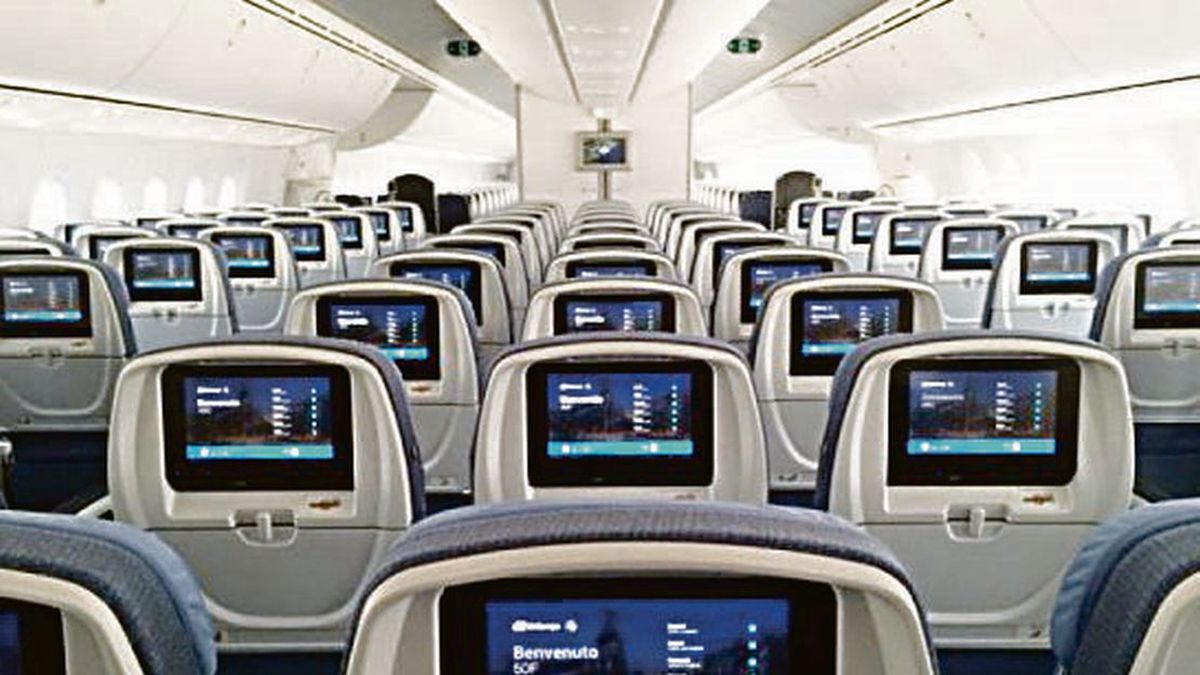Passenger figures for 2019 are forecast to exceed 2023 for Central America by 102%, followed by South America in 2024 at 103% and the Caribbean in 2025 at 101%.
Globally, the total number of travelers is expected to reach 4 billion in 2024 (counting multi-sector connecting trips as a single passenger), surpassing pre-coronavirus levels, reaching 103% of the total registered in 2019.
Expectations about the shape of the near-term recovery have changed slightly, reflecting developments in government-imposed travel restrictions in some markets. However, the overall picture presented in the latest IATA long-range forecast update is unchanged from what was expected in November, before the Omicron variant.
“This did not change the trajectory of the recovery in the number of passengers from Covid-19. People want to travel. And when travel restrictions are lifted, they return to the skies. There is still a long way to go to reach a normal state of affairs, but the forecast of the evolution of the number of passengers gives good reason to be optimistic”, said Willie Walsh, director general of IATA.
A slightly more optimistic short-term international recovery scenario is depicted compared to November 2021, based on the phasing out or removal of travel restrictions in many markets.
Improvements have been seen in major intra-European and North Atlantic markets, strengthening the baseline for recovery, and Asia-Pacific is expected to continue to lag behind in the recovery with the region’s largest market, China, showing no signs of recovery. to relax its stringent border measures in the near future.
In turn, in 2021 the number of domestic travelers, that is, domestic flights, was 61% of 2019 levels, and this is expected to improve to 93% in 2022, 103% in 2023, 111% in 2024 and 118% in 2025.
The outlook for the evolution of the number of domestic travelers is slightly more pessimistic than in November, and while the domestic markets of the US and Russia have recovered, the same has not happened with the other important domestic markets of China, Canada, Japan and Australia. .
“The biggest and most immediate drivers of passenger numbers are the restrictions that governments place on travel. Fortunately, more governments have understood that travel restrictions have little or no long-term impact on the spread of a virus.”Walsh noted, continuing: “The economic and social hardship caused by a very limited benefit is simply no longer acceptable in a growing number of markets. As a result, the phasing out of restrictions is giving travel prospects a much-needed boost.”
Source: Ambito
David William is a talented author who has made a name for himself in the world of writing. He is a professional author who writes on a wide range of topics, from general interest to opinion news. David is currently working as a writer at 24 hours worlds where he brings his unique perspective and in-depth research to his articles, making them both informative and engaging.




